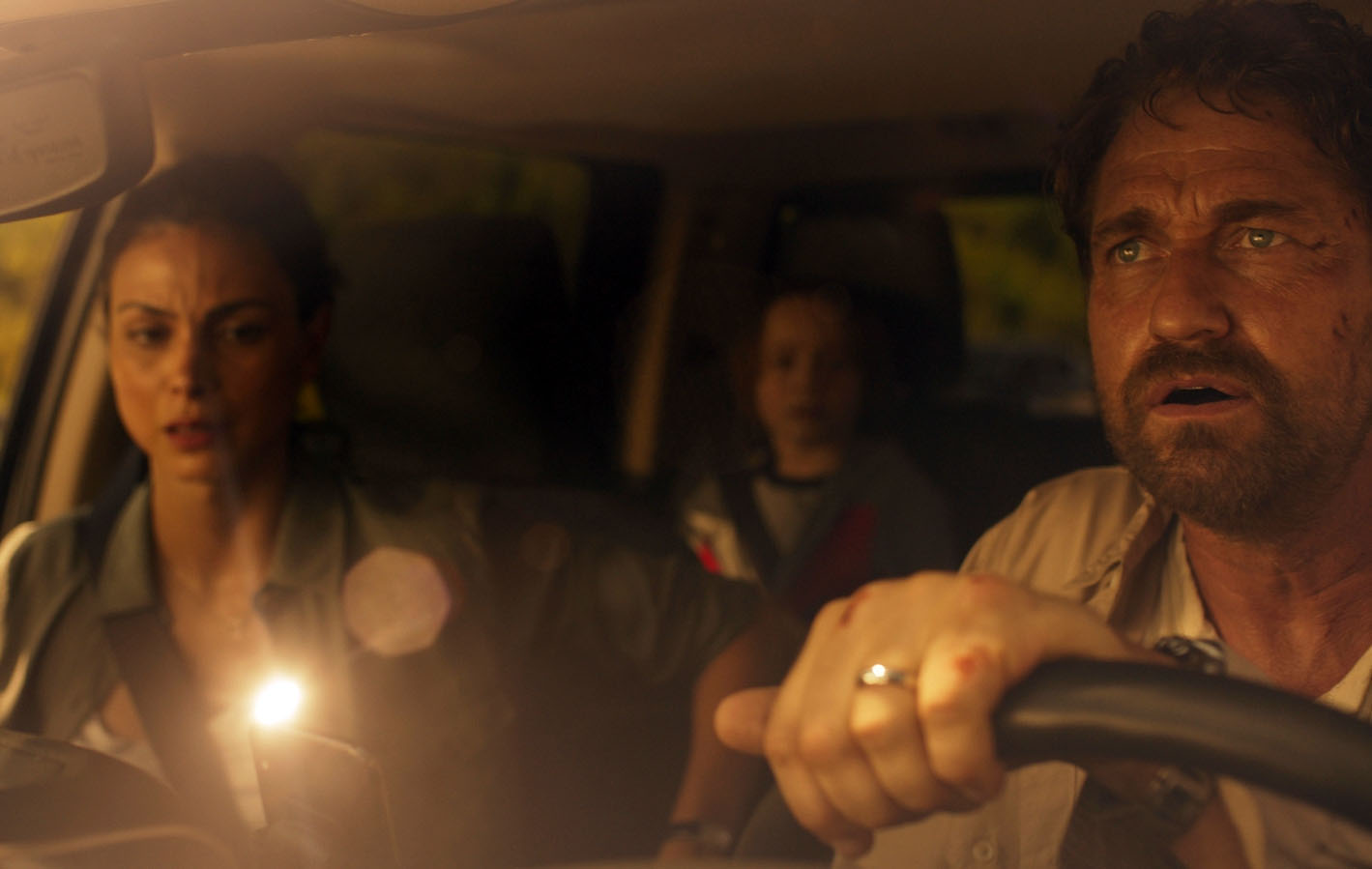
Preppers love disaster films. And, after Covid-19, aren’t we all preppers now? “Greenland” is a pretty good disaster film.
Except that “Greenland” is really more of a family film — a vulnerable seven-year-old boy with diabetes, and a mom and dad (who aren’t getting along very well) fighting to save the family.
The film was supposed to be a summer blockbuster last year, in theaters. The Covid-19 lockdown forced a change of strategy. I first noticed “Greenland” in iTunes, where Apple was renting it — renting it! — for $19.99. That was an interesting test of the desperation of the bored lockdown market. I have no idea how many people rented it at that price. I waited for the rental price to come down to $5.99, as it did a month or two ago.
What’s scary about “Greenland,” and also of particular interest to preppers, is that the people are far more scary than the comet fragments bombarding the earth. The film reminded me of “War of the Worlds” (2005), when I kept yelling at Tom Cruise on the TV, “No! Get off the roads! Stay away from people!” It’s the same with “Greenland,” which is largely a movie about a terrifying road trip north from Atlanta.
Screenwriters usually do a pretty good job of representing mass psychology during a disaster. Some people will try to help others. But others would shoot you over a bottle of pills. In a disaster, cities are a terrible place to be. But the highways would be worse.
It was after 9/11 that I became a left-wing prepper. I continued to live in San Francisco for eight more years. It was obvious how trapped I was. In a disaster, the possibility of evacuating San Francisco over the two bridges — the Golden Gate Bridge north to Marin County, and the Bay Bridge east to Oakland — would be non-existent. The only way out of the city would be by boat (if you had one), or by a dangerous road trip south toward San Jose. I bought a Jeep for that purpose. My plan was to drive the Jeep out to the coast, offroad through Golden Gate Park, and then to try to find a way south, off the pavement and around stalled traffic as much as possible. Fortunately I never needed the Jeep for an evacuation, but I still have it. It also was during those San Francisco years that I got an amateur radio license and learned how to use radios. Another detail that the “Greenland” screenwriters got right is that, when the inferno caused by the comet subsided after nine months, the scattered survivors located each other by radio. A detail the screenwriters got wrong, however, was in showing abandoned houses still with electricity, and cell phones still working after cities are on fire, and cars with enough fuel for a long road trip. Every bug-out plan must consider communications and a rendez-vous plan worked out in advance. Anything you need but didn’t stash in advance will not be available.
If you live in a populated place, do you have a bug-out plan? From wildfires or earthquakes in California, to tornados anywhere from the plains to Maine, to hurricanes and flooding along the rivers and coasts, millions of Americans need a bug-out plan and don’t have one. “Greenland” should encourage us to think ahead.
